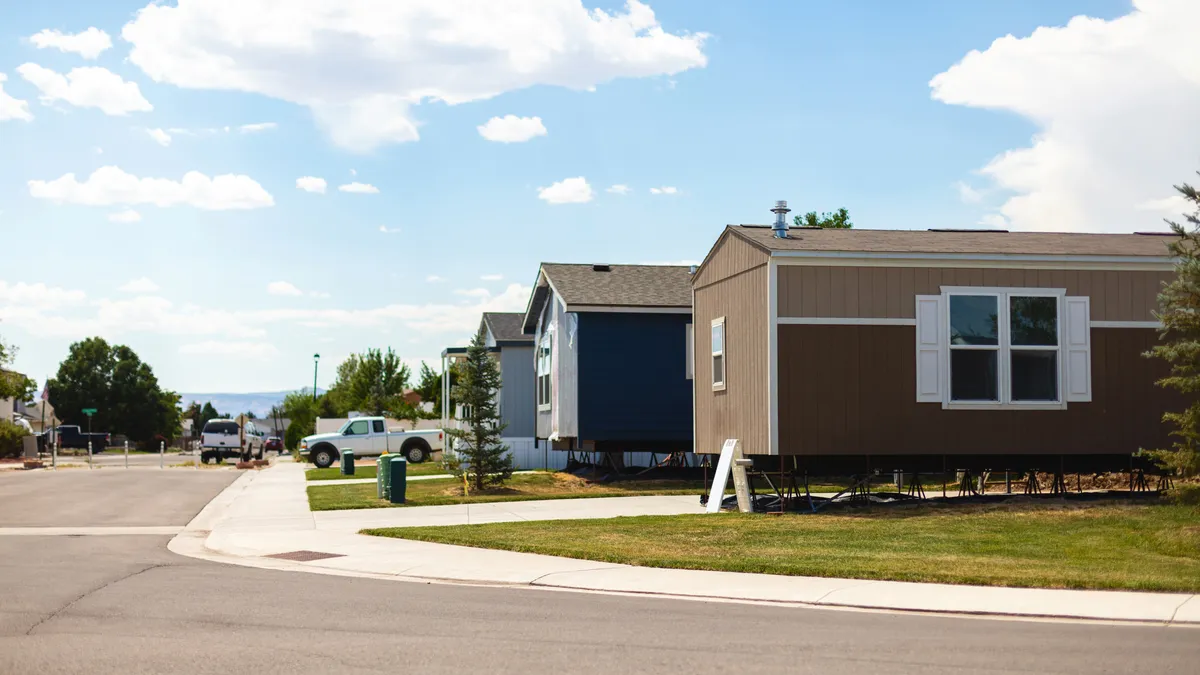Dive Brief:
-
Greater housing density could play a key role in mitigating the effects of climate change in Los Angeles and other California cities by reducing the number of vehicles on the road and the duration of their trips, according to Curbed Los Angeles, citing a new report from nonpartisan nonprofit Next 10 and the University of California, Berkeley.
-
The report found that a shift to infill-focused housing in California’s coastal and inland metros could eliminate 1.79 million metric tons of greenhouse gas emissions per year. Combined with other land-use changes, the move could help the state meet its emissions-reduction goals.
-
Such efforts would require policy shifts, including allowing for more multifamily development, protecting affordable housing, investing more in public transit, and preserving open space and farmland within urban-growth boundaries.
Dive Insight:
Cities make up just 2% of land area worldwide yet account for 70% of greenhouse gas emissions, according to the United Nations.
The Next 10/UC Berkeley study echoes similar findings that compact urban areas have lower environmental impacts. For example, though Atlanta and Barcelona, Spain, have similar populations and income levels, the former produces about 10 times more carbon due to its sprawling size.
The Next 10/UC Berkeley report comes shortly after voters in Los Angeles rejected Measure S, an initiative that could have impeded high-density infill development in the city.
There and in other cities around the state, as well as in the State Assembly, the debate for and against looser zoning restrictions and allowable development as a solution for sustainability, housing supply and affordability continue to play out.
San Diego, for example, is trying to navigate barriers to density while addressing climate change, including introducing initiatives designed to entice residents out of their cars.
For more housing news, sign up for our daily residential construction newsletter.











